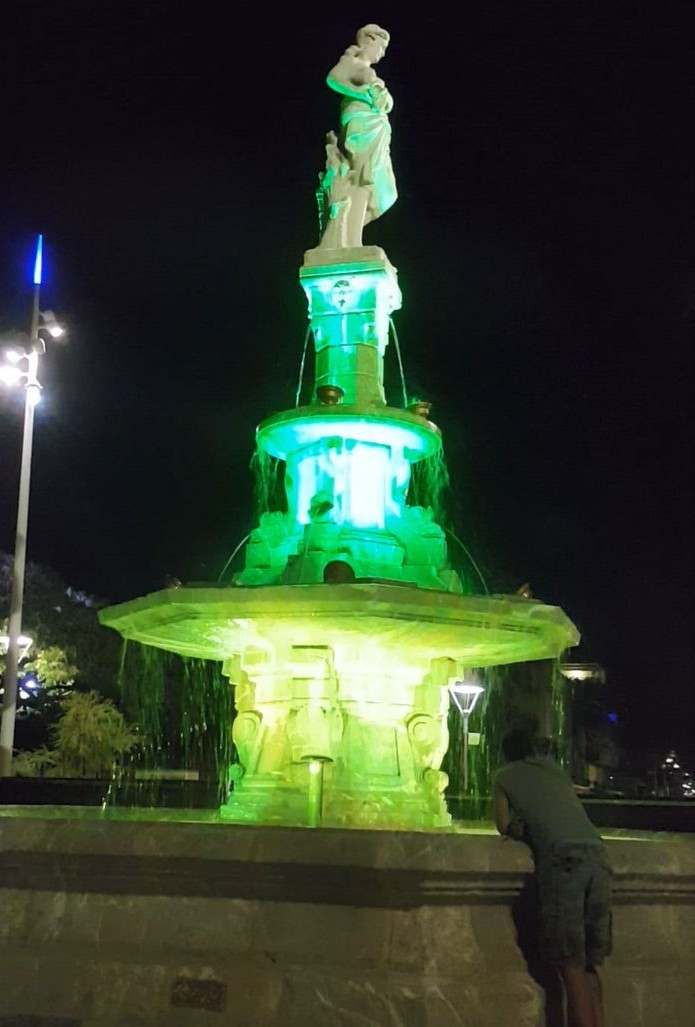1. Protection of the use of fuses in the LED circuit (tube)
As the fuse is a one-time, and the reaction is slow, the effect is poor, the use of
trouble, so the fuse is not suitable for LED lamp products, because the LED lights are now
mainly in the city of glorious engineering and lighting works. It requires the LED
protection circuit to be very harsh: beyond the normal use of current can immediately start
the protection, so that the LED power supply path was disconnected, so that LED and power
can be protected in the normal light after the normal power supply can be restored, Does
not affect the LED work. The circuit can not be too complicated volume can not be too much,
the cost is even lower. So the use of the fuse to achieve it is very difficult.
2. Using a transient voltage suppression diode (referred to as TVS)
Transient voltage suppression diodes are a high-performance protection device in the form
of diodes. When its poles are subjected to a reverse transient high-energy impact, the high
resistance between their poles can be reduced to a low resistance at a rate of 10 times the
negative time of 10 times the square, absorbing up to several kilowatts of surge power ,
The voltage between the two poles at a predetermined voltage value, the effective
protection of the electronic circuit in the precision components. Transient voltage
suppression diode has the advantages of fast response time, transient power, low leakage
current, good consistency of breakdown voltage, easy control of clamping voltage, no damage
limit, small size and so on.
However, it is not easy to find a TVS device that meets the required voltage value in
actual use. The damage to the LED beads is mainly due to the overcurrent of the chip. TVS
can only detect overvoltages can not detect overcurrent. To choose the appropriate voltage
protection point is difficult to grasp, this device can not produce it is difficult to use
in practice.
3. Select the self-healing fuse
Self-healing fuses, also known as polymer polymer temperature thermistor PTC, is composed
of polymer and conductive particles. After special processing, the conductive particles in
the polymer to form a chain conductive path. When the normal operating current passes (or
the component is at normal ambient temperature), the PTC self-recovery fuse is in a low-
impedance state; when there is an abnormal overcurrent in the circuit (or ambient
temperature rises), the high current (or ambient temperature rises) The heat generated by
the rapid expansion of the polymer, also cut off the conductive particles formed by the
conductive path, PTC self-recovery fuse was high resistance state; when the circuit over-
current (over-temperature state) disappeared, the polymer cooling LED drive power
, the volume returned to normal, in which conductive particles and re-
constitute the conductive path, PTC self-recovery fuse was the initial low resistance
state. In the normal working state from the recovery of the fuse is very small, in the
abnormal working state of its high heat resistance is great, it limits the current through
it, which played a protective role. In the specific circuit, you can choose:
① Shunt protection. General LED lights are divided into many tandem branches. We can in
front of each branch plus a PTC element were protected. The benefits of this approach are
high accuracy and good reliability of protection.
② overall protection. In front of all the beads plus a PTC component, the protection of
the entire lamp. The benefits of this approach are simple, not the volume. For civilian
products, the results of this protection in practical use are satisfactory.
|
The three kinds of protection methods of LED drive power supply circuit 
Next News: Previous News: [more..] Month News archive All News List |





